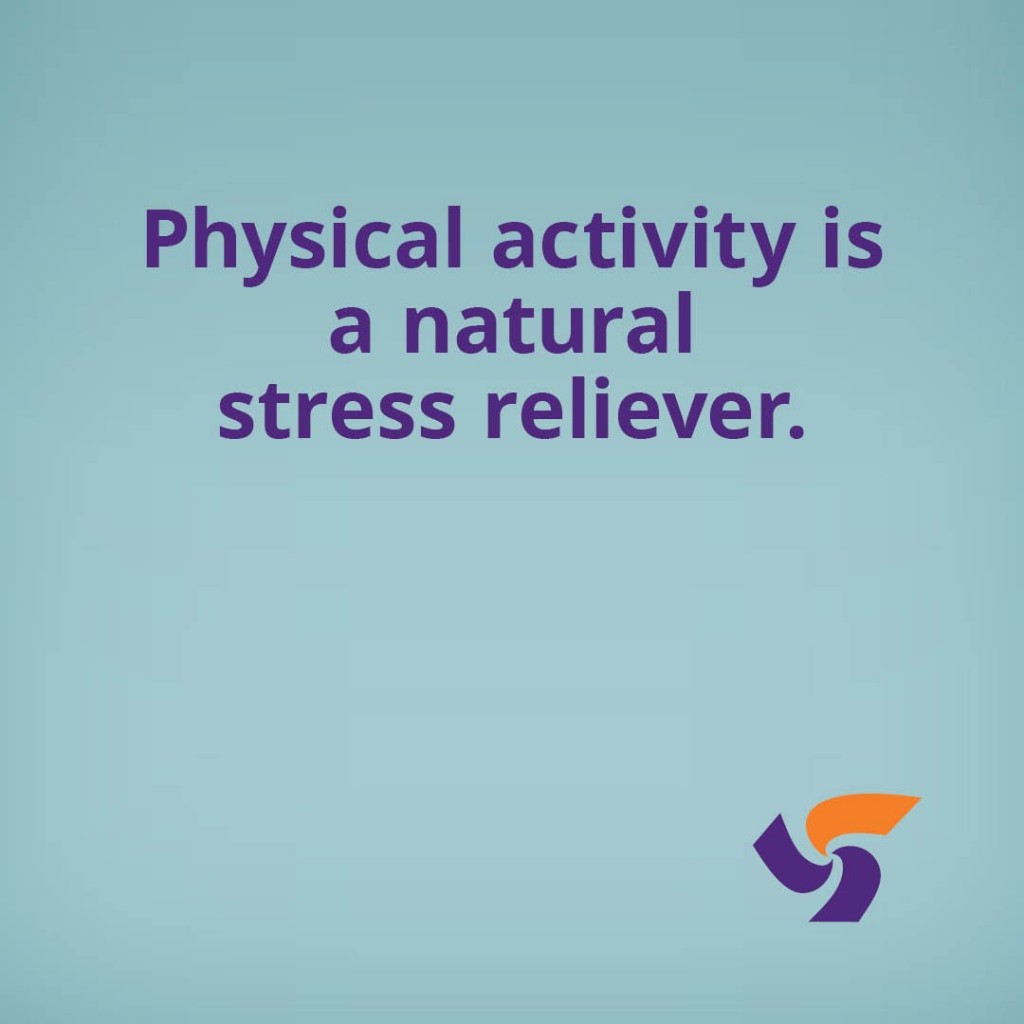A new report, produced by Sheffield Hallam University, ukactive and DataHub, argues something health industry professionals have long known to be true – that people should become more active as they age, not less.
Reimagining Ageing, released at the ukactive National Summit in September, says older people’s lives are being cut short by inactivity and paints a compelling picture of how the cost of not tackling this challenge could threaten the NHS.
A few key facts: by 2030 the number of people in the UK aged 60 or over will hit 20 million – up 31 per cent from today’s figure of 15.3 million.
“Our population is ageing fast, with a proliferation of health problems. It has long been assumed such problems were directly caused by ageing, and could, therefore, be neither prevented nor treated,” says Sir Muir Gray, formerly chief knowledge officer for the NHS.
“However, we have clear evidence that ageing by itself is not a cause of major health problems until people are in their mid-90s. In fact, the problems we’ve ascribed to ageing are due to disease – much of it preventable – such as loss of fitness and negative attitudes to growing older.
“The loss of function and resilience we’ve assumed to be the result of ageing can, in fact, be influenced principally by activity: physical, mental and social,” he says.
Getting our ageing population active will require a ‘cultural transformation’ of the perceptions we have towards ageing. As a sector, we must be prepared with the facilities, products, services, programmes and expertise required to meet the demands of an older population.
“We need to inspire a shift in how we approach our ageing years, with a major emphasis on building physical activity in at every step, to ensure long lives are also healthy lives,” says ukactive CEO Steven Ward. “The phrase ‘put your feet up’ is one of the most dangerous in the English language.”
The report calls for whole-society collaborations to create active environments via accessible community facilities, to embed physical activity promotion into the healthcare system and to harness new technology to make activity and exercise the natural choice for older people.
ukactive believes that one solution is Wellness Hubs, where physical activity facilities sit alongside local services such as libraries, police stations and GP surgeries, creating a single community focal-point that offers inclusive, welcoming and holistic physical activity experiences for a broad range of people. Evidence from existing Wellness Hubs has shown a positive impact on local communities, particularly among older populations.












